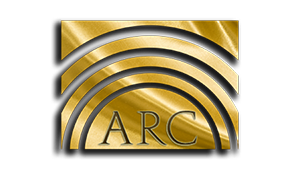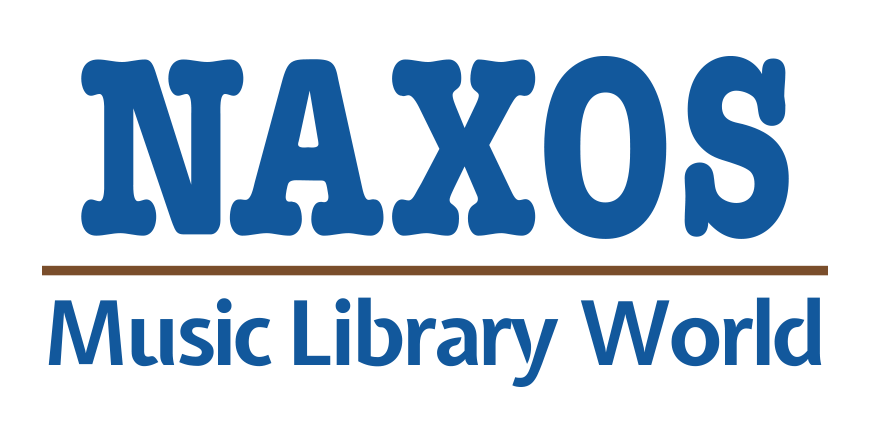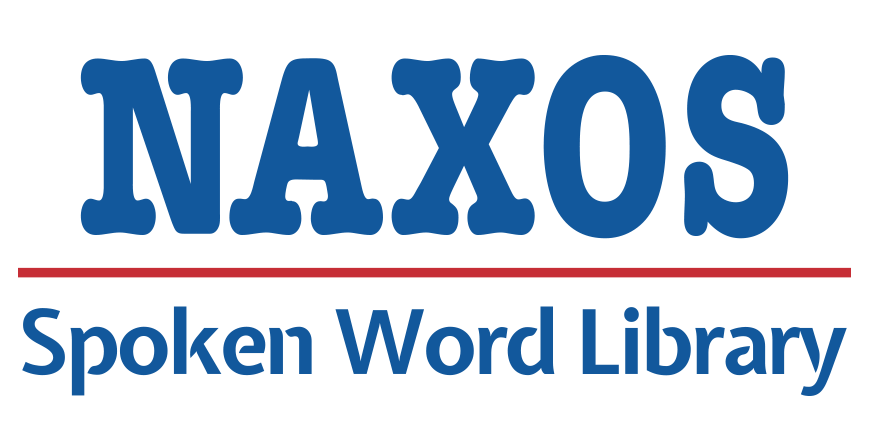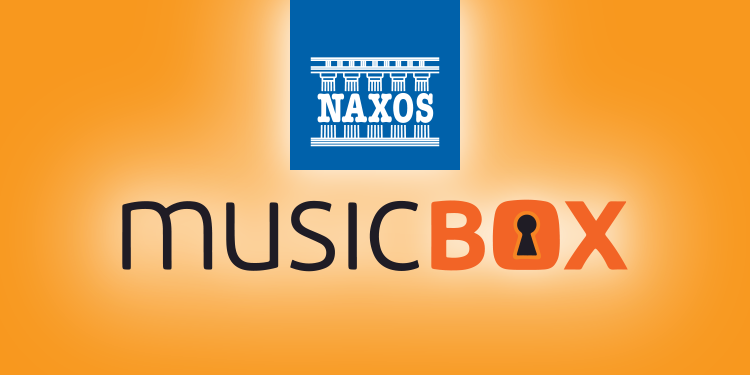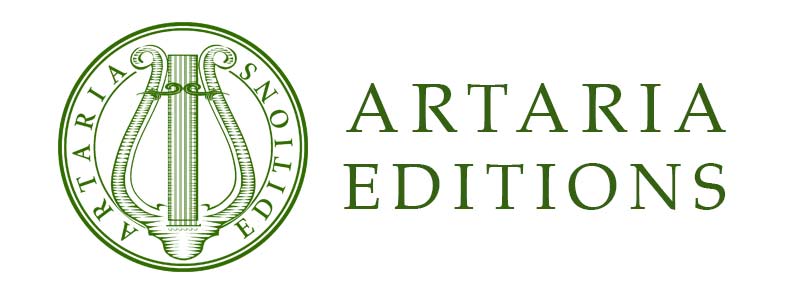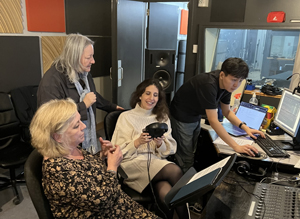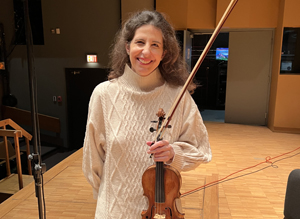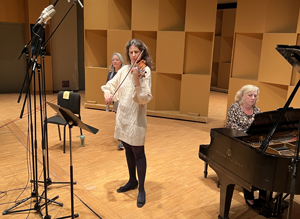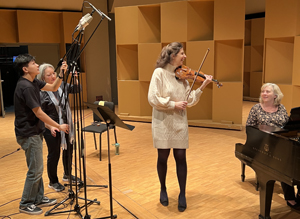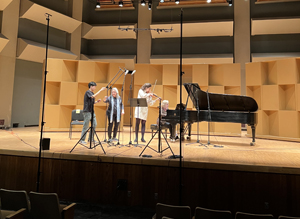In the Studio: Zygmunt Noskowski & Wladyslaw Zelenski Violin Sonatas
October 11, 2023by Laurence Kayaleh
This new artistic adventure which was to learn, perform and record the violin sonatas by Polish composers Zygmunt Noskowski and Wladyslaw Zelenski was, for pianist Bernadene Blaha and myself, most captivating. The musical and instrumental potential the pieces embody is admirably substantial.
Both works were written in the heart of romanticism. Passionate, and yet respecting the sonata form, they often evoke a lyrical character with subtle dialogues between the instruments. These sonatas have the characteristic of being very contrasting in atmospheres and moods, moving quickly from a dramatic and fiery character, to an espiègle and a humorous one, including phrases imbued with remarkable beauty and innerness.
While listeners can appreciate the influence of Noskowski’s symphonic writing within his sonata in A minor – for which the composer was particularly renowned, having been a great conductor himself – they will enjoy the crystalline writing, as well as the influence of Polish folk music in Zelenski’s sonata in F major.
Zygmunt Noskowski, who was one of the most famous Polish pedagogues of his time, was the teacher of the prominent Karol Szymanowski, a composer I am particularly fond of.
In addition to having been a composer, pianist, conductor and teacher, Zelenski also held a PhD in Philosophy, this aspect certainly having had a significant influence within the artistic depth of his work.
A recording session will never allow the singular communion a musician experiences on stage in the presence of an audience. This energy is (fortunately!) unparalleled. However, recording offers the musician the opportunity to achieve, through the process of listening, a distinct – and yet equally exhilarating – artistic work. This experience allows for a deeper understanding of the work and its conception, while experimenting with different approaches to interpretation.
It was a memorable musical journey exploring these astounding works together with my colleague, Bernadene. We had the pleasure of performing them on stage, and it was with great emotion and enthusiasm that they were received by the audience.
These sonatas are still too rarely performed around the world. I sincerely hope that this recording will allow a wider audience to discover them, and more musicians to treasure and perform them! This is also what our vocation as interpreters consists of: drawing on the colossal artistic heritage left to us by our predecessors, and exposing it…
A sincere « thank you » to the Naxos record company which promotes such projects, showcasing gems from the gigantic musical repertoire.
Listening session!
Sound check & recording session
My track selection and comments – Laurence Kayaleh, violinist
Zygmunt Noskowski: Violin Sonata in A minor – Prestissimo:
This movement was particularly interesting to perform. It inspires the musician to vary considerably the effects, dynamics, and dialogues between both instruments. Written in a Tarantella form – a traditional dance born in Italy – we had to emphasise the dancing character of the piece.
On a more technical level, this movement allowed me to play with the many colours and the pearly, vigorous and sparkling characters which are specific to the Spiccato, a bow stroke which offers a multitude of descriptive facets to interpretation.
In this movement, flawless complicity between the musicians is crucial, and contributes to the essential fluidity within dialogues, an important characteristic of the Tarantella style. It was a source of great enjoyment to perform it with Bernadene!
Wladyslaw Zelenski: Violin Sonata in F major, Op. 30 – Allegretto:
In this movement, it is the influence of Polish folk music which constitutes a particularly interesting material. We’re focusing on the playful and colorful moods – including moments of great flexibility required by this musical character.
Transitions between voices and contrasting sections of the movement must always be carried out in a most natural, flexible and clear manner. We therefore explored agogic rubato relating mainly to the musician’s emotions and perception, and to what the artist wishes to engrave in their interpretation.
